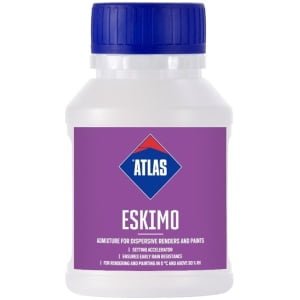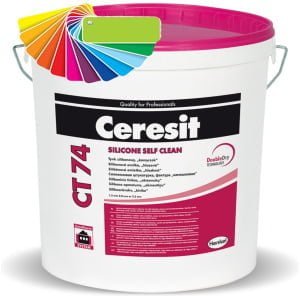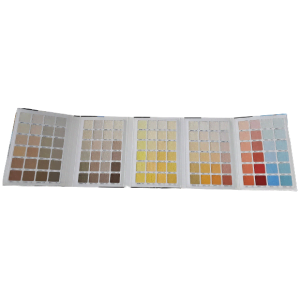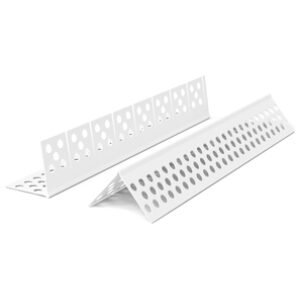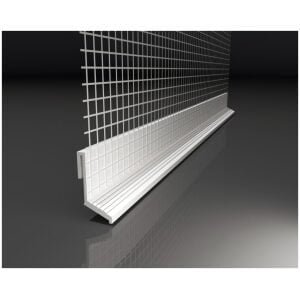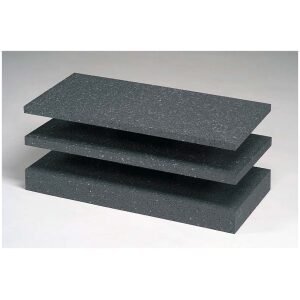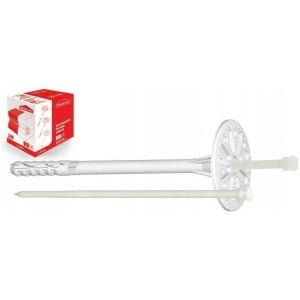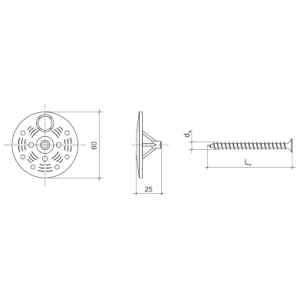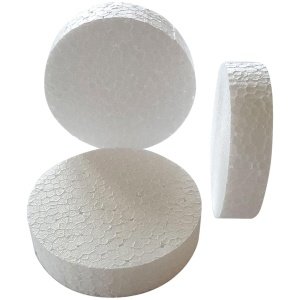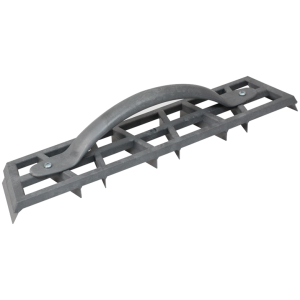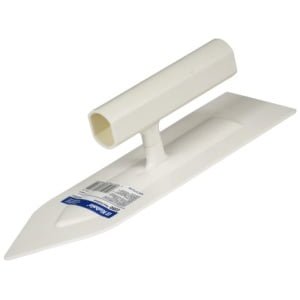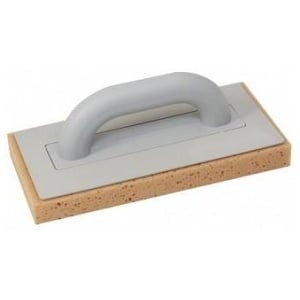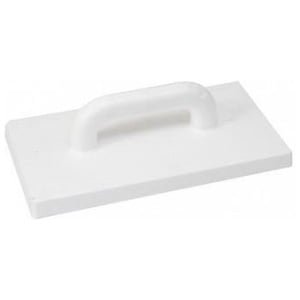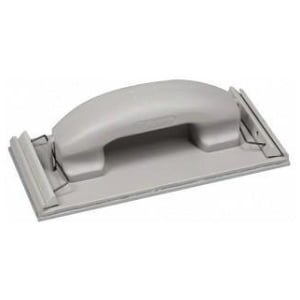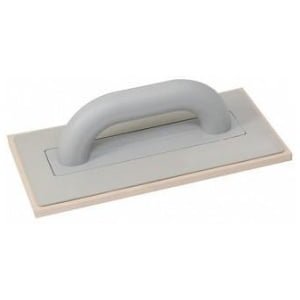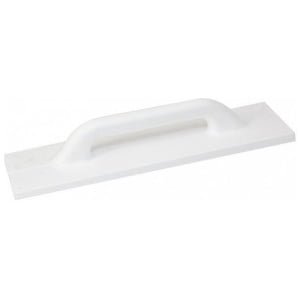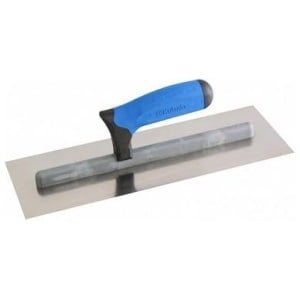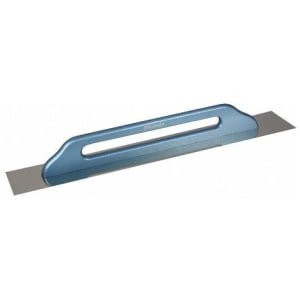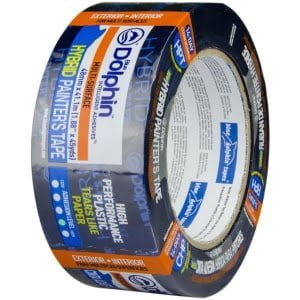APPLICATION TOOL
Brush, Roller, Spray or Trowel Suitable Substrate Concrete, Clay, Lightweight Block and Brick
WATER DEMAND
Approx. 5 – 7 litres per 25kg bag
PREPARATION
All surfaces must be sound, clean, dry and free of any material which may impair adhesion. Do not apply to shiny surfaces. Scaffolding must be independently tied to allow for uninterrupted application. Any faults in the structure, particularly those which may lead to moisture penetration, must be rectified. Mask around the areas where material is to be applied. Masking tape must be removed before the material has dried out. Beads and expansion joints should be included as required by the substrate and BS standards and carried through all applied materials.
MIXING
Ecorend K11 Key Coat Primer should be mixed 1 x 25kg bag with clean water at a rate of approximately 5.0 litres for application method 1 to 7.0 litres for application method 2. Add the water to the mixing container then add the powder slowly and mix using a suitable paddle or pan mixer, mix for 2 minutes, allow to stand for 2 minutes then re-mix. This process allows the additives to dissolve and activate.
APPLICATION
To avoid dampness and discolouration rendering should be avoided below DPC or within 150mm of ground level. If the substrate is very dry, water down with water, then apply when water has soaked in to the substrate and is not dripping down. Method (1) Apply K11 Key Coat Primer using a stainless steel trowel at approx. 2-3mm thick then run a brush horizontally across the surface to create a textured key. Method (2) Apply K11 Key Coat Primer as a slurry using a soft brush at approx. 2-3 mm thick. Specification Clauses relating to this product can be found in NBS Section M20 Rendering. BS 5262 Code of Practice for External Rendering and BS 8000-10 must be followed. Note: The choice of method is whichever the applicator feels is most suitable to their skill set




















